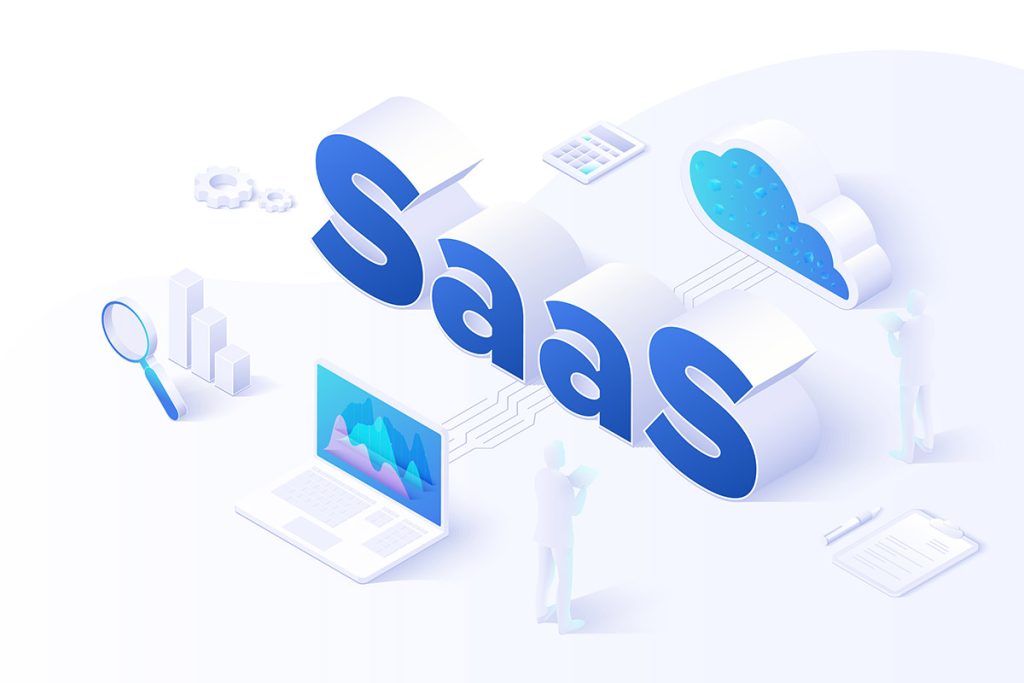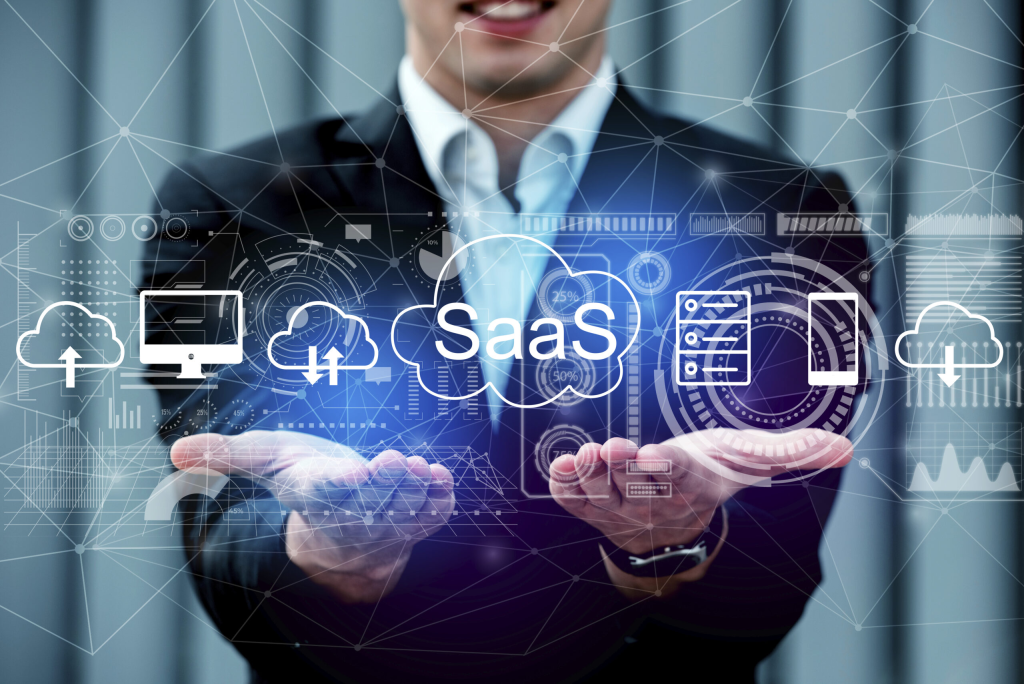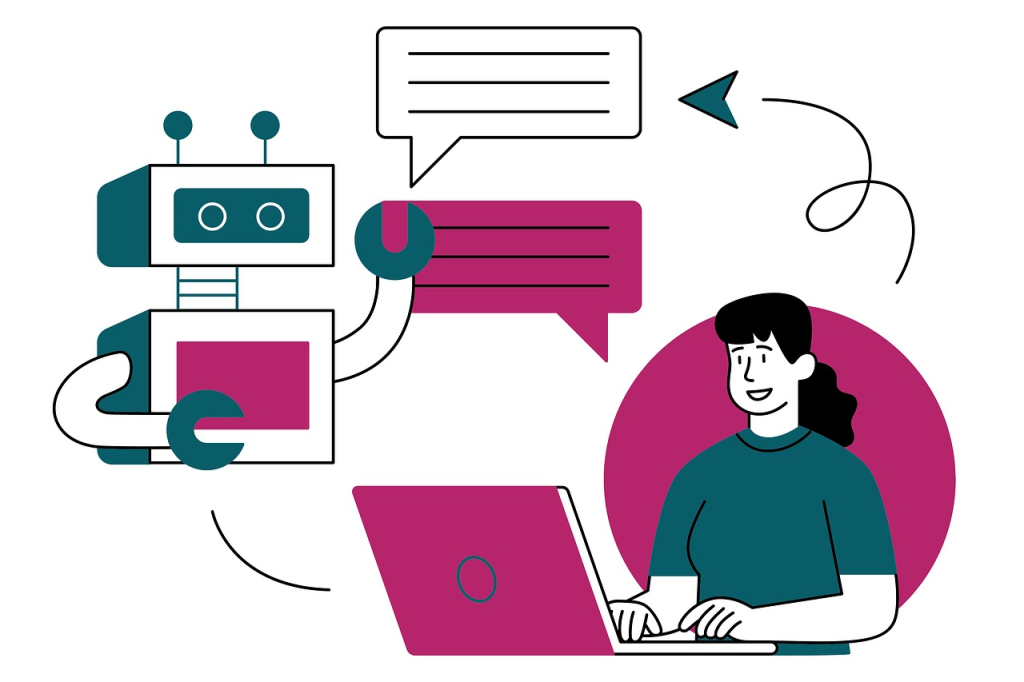
In today’s business world, Enterprise SaaS (Software as a Service) services are becoming increasingly popular. They offer numerous benefits that can greatly enhance the operations and competitiveness of enterprises. Here are 20 notable advantages that make them a valuable choice.
1. Cost Savings
- Lower Initial Investment:
Unlike traditional software that requires purchasing expensive licenses upfront, Enterprise SaaS services usually operate on a subscription model. This means businesses don’t have to pay a large sum of money at the start. For example, a small enterprise can access a powerful customer relationship management (CRM) SaaS tool for a monthly fee instead of spending thousands on a license. - Reduced IT Infrastructure Costs:
Since the SaaS provider hosts the software, enterprises don’t need to build and maintain their own server rooms or data centers. They save on costs related to hardware, electricity, and space. For instance, they don’t have to buy additional servers as the business grows when using SaaS services.
2. Scalability
- Easy to Scale Up:
As an enterprise expands, it can easily increase the number of users or access to more features of the SaaS service. If a company hires more salespeople, they can quickly add more user accounts to their SaaS-based CRM system without much hassle. - Flexible to Scale Down:
Similarly, if the business needs to cut back on certain operations or reduce costs, it can scale down its usage of the SaaS service. For example, reducing the number of subscribed features or the number of active users.
3. Accessibility
- Anytime, Anywhere Access:
Employees can access the SaaS applications from any location with an internet connection. Whether they are working from home, traveling for business, or in a different office branch, they can log in and use the tools. For instance, employees can update project details on a SaaS project management tool while on a business trip. - Multi-device Compatibility:
SaaS services are designed to work well on various devices like laptops, tablets, and smartphones. This allows employees to choose the device that suits them best for different tasks. For example, a manager can review reports on a tablet during a commute.
4. Frequent Updates
- Automated Upgrades:
The SaaS provider takes care of software updates automatically. Enterprises don’t have to allocate their IT staff to manually install patches or new versions. This ensures that they always have the latest features and security enhancements. For example, a SaaS accounting software gets updated regularly with new tax calculation features. - Stay Current with Technology:
By using SaaS services, enterprises can keep up with the latest technological trends. New functions and improvements are added by the provider, helping the business stay competitive. For instance, a marketing SaaS tool might incorporate new social media integration features.
5. Security
- Professional Security Measures:
SaaS providers usually have advanced security systems in place. They have teams dedicated to protecting data from cyber threats. For example, they use encryption for data both in transit and at rest to safeguard enterprise information. - Compliance Assistance:
Many SaaS providers help enterprises meet industry regulations and compliance requirements. They ensure that data storage and handling follow the necessary rules. For instance, a healthcare enterprise using a SaaS system can rely on the provider to meet HIPAA compliance.
6. Collaboration
- Teamwork Enhancement:
Most SaaS services offer features that facilitate collaboration among employees. For example, a SaaS document management system allows multiple users to edit a document simultaneously, improving teamwork efficiency. - Sharing and Communication:
Employees can easily share files, data, and ideas through SaaS platforms. They can communicate in real-time, which is useful for projects that require quick decision-making. For instance, a design team can share and discuss drafts on a SaaS-based creative platform.
7. Data Analytics
- Built-in Analytics Tools:
Many enterprise SaaS services come with built-in analytics features. They can help businesses analyze customer behavior, sales trends, and other important data. For example, an e-commerce SaaS platform can show which products are selling well and when. - Data-driven Decisions:
With the data insights provided by SaaS analytics, enterprises can make more informed decisions. They can adjust strategies, launch new products, or improve services based on the analysis. For instance, a service-based company can use customer feedback data from a SaaS tool to enhance its offerings.
8. Integration
- Easy Integration with Other Systems:
SaaS services can often integrate with existing enterprise systems like ERP (Enterprise Resource Planning) or HR (Human Resources) software. This creates a seamless workflow. For example, a SaaS marketing automation tool can connect with the company’s CRM system to better target customers. - Connectivity between Applications:
It enables different applications to work together effectively. For instance, a SaaS project management tool can sync with a time-tracking SaaS app to accurately record the hours spent on each task.
9. Customization
- Tailoring to Business Needs:
Many SaaS providers allow enterprises to customize certain aspects of the software to fit their specific requirements. For example, a SaaS-based internal communication tool can be customized with the company’s logo and color scheme. - Personalized User Experience:
Users can set up their own preferences within the SaaS applications. This makes the usage more comfortable and efficient for each individual. For instance, an employee can customize the dashboard of a SaaS analytics tool to show the data they care about most.
10. Disaster Recovery
- Provider’s Backup Plans:
SaaS providers usually have robust backup and disaster recovery plans. In case of data loss due to a natural disaster or system failure, they can quickly restore the data. For example, if a server crashes, the provider can get the enterprise’s data back up and running. - Minimize Downtime:
This helps minimize the downtime for the enterprise’s operations. Employees can get back to work using the SaaS service as soon as possible. For instance, a manufacturing company can continue using its SaaS supply chain management tool without much delay.

11. Training and Support
- Training Resources:
Most SaaS providers offer training materials like video tutorials, webinars, and user guides to help employees learn how to use the software effectively. For example, a new employee can watch a short video to understand how to operate a SaaS email marketing tool. - Customer Support:
They also have customer support teams available to answer questions and solve problems. If an employee has an issue with a SaaS application, they can reach out for help quickly. For instance, they can contact support via live chat or email.
12. Resource Allocation
- Free Up Internal Resources:
Since the SaaS provider handles many aspects like maintenance and upgrades, enterprises can free up their internal IT and other resources. These resources can then be redirected to other core business activities. For example, IT staff can focus on developing in-house applications instead of managing software updates. - Optimize Staff Time:
Employees don’t have to spend a lot of time on tasks related to software installation and configuration. They can use that time for more productive work. For instance, a marketing team can focus on creating campaigns instead of dealing with software issues.
13. Global Reach
- Accessible Worldwide:
Enterprise SaaS services can be accessed by employees and partners across the globe. This is beneficial for multinational companies. For example, a global enterprise can use a SaaS video conferencing tool to hold meetings with teams from different countries. - Standardization:
It helps in standardizing processes and systems across different locations. All branches of an enterprise can use the same SaaS application with the same features and settings. For instance, a retail chain can use a SaaS inventory management system uniformly in all its stores.
14. Environmental Impact
- Reduced Hardware Waste:
Since there’s less need for enterprises to buy and replace hardware for software hosting, it reduces electronic waste. For example, fewer servers being discarded means less harm to the environment. - Lower Energy Consumption:
Without maintaining large server rooms, enterprises save on energy usage. The SaaS provider’s data centers are usually more energy-efficient. For instance, a company can cut down on the electricity needed to power its own servers.
15. Innovation
- Inspire New Ideas:
Using different SaaS services exposes enterprises to new ways of doing things. It can inspire employees to come up with innovative ideas for business improvement. For example, a SaaS-based collaboration tool might introduce a new way of working that leads to better project outcomes. - Encourage Experimentation:
Enterprises can easily try out new SaaS applications without a huge commitment. They can experiment with different tools to find the best fit for their business. For instance, a startup can test several SaaS accounting solutions before choosing one.
16. Competitive Advantage
- Stay Ahead:
By using advanced SaaS services, enterprises can gain an edge over their competitors. They can offer better services, have more efficient processes, or access unique features. For example, a logistics company using a SaaS route optimization tool can deliver faster than its rivals. - Differentiate:
It helps in differentiating the enterprise in the market. For instance, a design agency using a SaaS-based creative suite with unique features can attract more clients.
17. Time Savings
- Quick Deployment:
SaaS services can be set up and ready to use in a relatively short time compared to traditional software. Enterprises don’t have to wait for long installation and configuration processes. For example, a new SaaS project can be launched within days instead of weeks. - Streamlined Workflows:
The features and integrations of SaaS services often streamline workflows. Employees can complete tasks faster. For instance, a SaaS-based invoicing system can simplify the billing process and save time for the finance department.
18. Vendor Relationships
- Long-term Partnerships:
Enterprises can build good relationships with SaaS providers. These providers often work closely with their clients to improve the service and meet evolving needs. For example, a SaaS provider might offer exclusive features or discounts to long-term partners. - Shared Responsibility:
There’s a shared responsibility between the enterprise and the provider for the success of using the SaaS service. The provider takes care of technical aspects while the enterprise makes good use of the features. For instance, they can collaborate on improving user experience.
19. Risk Management
- Reduced Risk of Obsolescence:
Since the SaaS provider keeps updating the software, enterprises are less likely to face the risk of using outdated technology. For example, they won’t be left behind with old accounting software that can’t handle new tax regulations. - Mitigate Business Risks:
In case a particular SaaS service doesn’t work well for the enterprise, it’s usually easier to switch to another option compared to traditional software. This helps in mitigating business risks. For instance, if a SaaS marketing tool isn’t delivering results, the enterprise can try a different one.
20. Employee Satisfaction
- User-friendly Interfaces:
Most SaaS applications have intuitive and user-friendly interfaces. Employees find it easy to use them, which improves their job satisfaction. For example, a SaaS task management tool with a simple drag-and-drop interface is popular among employees. - Better Work-Life Balance:
The accessibility and flexibility of SaaS services allow employees to work more efficiently and sometimes have more flexibility in their work schedules. For instance, they can complete some tasks from home, reducing the need for long commutes and improving their work-life balance.

As we can see, the use of enterprise SaaS services offers a wide range of advantages that can positively impact various aspects of an enterprise’s operations, from cost savings to employee satisfaction. Considering these benefits, it’s no wonder that more and more enterprises are choosing to adopt SaaS services for their business needs.





